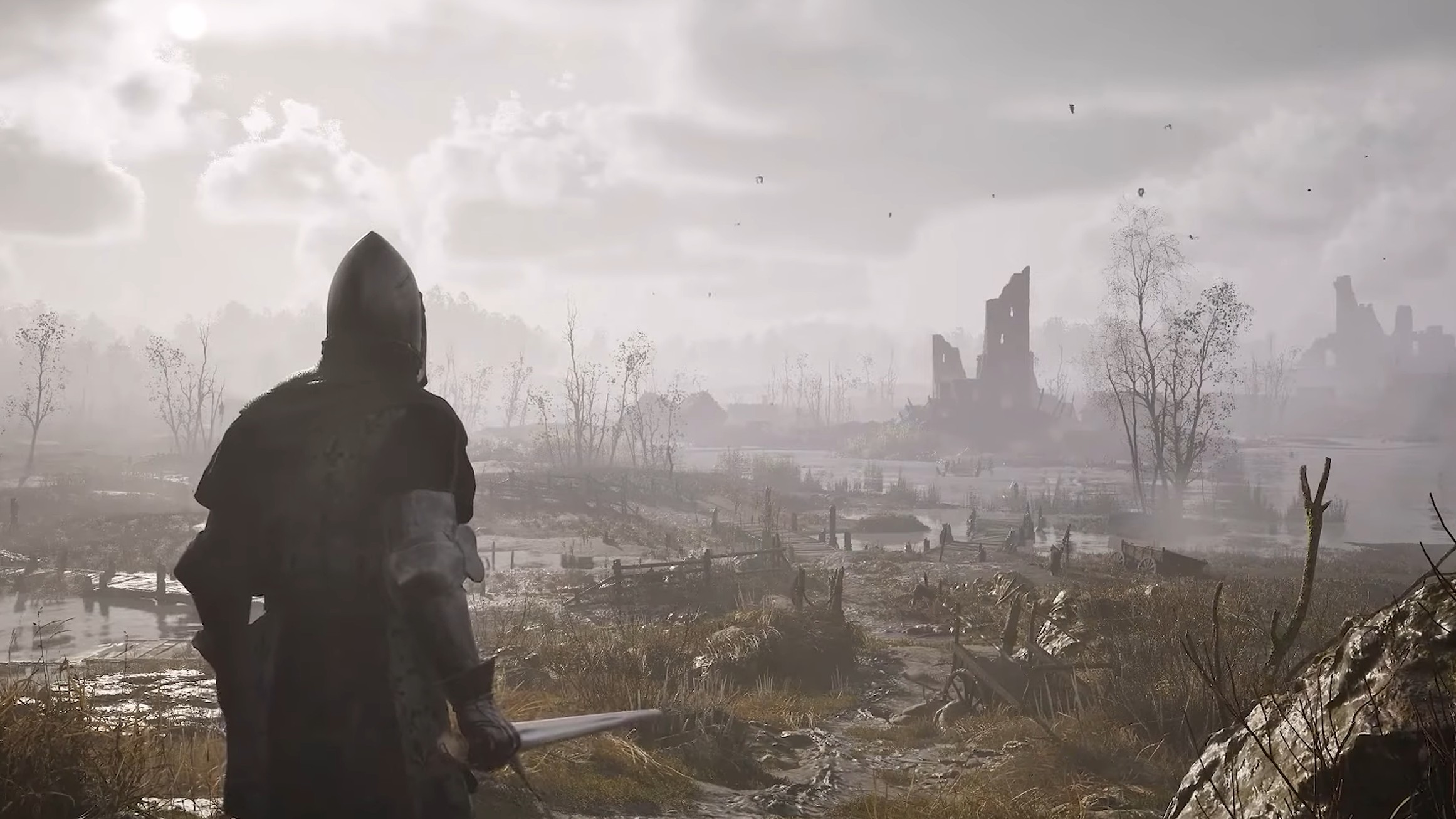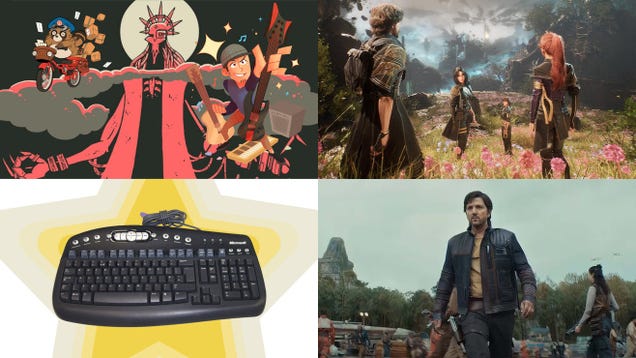
Queer Review
Queer will open in theaters at a date TBD. This review is based on a screening at the 81st Venice International Film Festival.
At first glance, Luca Guadagnino’s follow-up to Challengers reads like a straightforward film of desire. However, Queer is anything but, adapting the works (and sometimes, the real life) of Beat Generation author William S. Burroughs in beguiling ways. In spite of having an hour of its most explicit content shaved off its runtime – it now plays at a comfortable 2 hours and 15 minutes – the latest film from the director of Bones and All and Call Me by Your Name gently meanders in its middle section, which follows the fetch quest of a Burroughs stand-in (played by Daniel Craig) and a younger companion. Although these segments sag, they build to a wonderfully abstract final act, which not only lingers in the mind and heart after the credits have rolled, but ensures that everything that comes before it retroactively does the same.
Craig stars as William Lee, a gay middle-aged American whose cruising through 1940s Mexico City Guadagnino captures with an energetic camera that doesn’t just move through space, but loops through it, back and forth. Lee is friendly, talkative, and frank – perhaps overly so, in all cases – but he becomes immediately flustered when he first lays eyes on fellow American Eugene Allerton (Drew Starkey). Lee isn’t sure if the gorgeous Allerton is also queer, though he’s determined to try his luck. Their friendship blossoms into something more, but between Lee’s opiate addiction and Allerton’s generally withdrawn demeanor, the reality of their dynamic isn’t as fulfilling as Lee’s fantasies.
However, a line from Lee early on in the film plants the seeds for a strange plot development. At a party, he makes a drunken confession to Allerton: “I want to talk to you without speaking.” On one hand, this gives way to a trip the two men take together to the Amazon rainforest, in search of a drug called “yage,” which Lee believes gives one the ability to communicate telepathically. On the other hand, regardless of the veracity of this claim, it speaks to the loneliness at the heart of Lee’s character. Although he sleeps around constantly, what he really yearns for is a deep, defining connection beyond words, and he’s determined to find it with Allerton.
This search, though it takes up a good chunk of the runtime, isn’t the movie’s strongest suit, though it’s occasionally funny in spite of the way it sprawls. Craig’s version of Lee – the protagonist/author surrogate of Burroughs’ 1985 book of the same name, and the pseudonym under which its 1953 predecessor, the groundbreaking addiction chronicle Junkie, was originally publisehd – feels overbearing at first. But the former 007 quickly reveals a multi-layered vulnerability. It’s hard not to feel for him, or to get swept up in the heated sex scenes he leads, each of which feels like an achievement obtained, given how committed he is to the chase.
Notably, Lee is made up to resemble photos of Burroughs from the era. Guadagnino, though he adapts Queer along with elements of Junkie, also borrows ideas from the semi-related non-fiction collection The Yage Letters and its correspondence between the author and his fellow Beat Allen Ginsberg. This makes Queer as much about Burroughs’ thinly veiled characters as it is about the man himself. However, Guadagnino’s adaptation (which re-teams him with Challengers screenwriter Justin Kuritzkes) goes a step further in the way it peels back the layers of Burroughs’ fiction to reveal reality – or rather, the painful parts of himself the author poured into his work. The results feel inspired not only by the namesake novel, but Burroughs’ confessional introduction to it, in which he discusses accidentally killing his wife, Joan Vollmer. This event wasn’t depicted or re-created in any of the stories featuring Lee – Burroughs, in his written intro, claims he found it too painful to think about – but Guadagnino makes explicit visual reference to the event during a particularly heavy abstract sequence.
Queer, in turn, becomes as much an homage as it is an adaptation, bringing its story even closer to the author’s real life than it had already been. In the process, the film version becomes steeped in a kind of desperate, existential longing that neither drugs nor sex can seem to fulfill – but Guadagnino’s imagery goes a long way toward unearthing those feelings of insatiable yearning. At times, when Lee imagines reaching out and touching Allerton, Guadagnino superimposes hints of this action through apparent double exposure. It’s as if Lee is imagining the act of intimacy so powerfully, and so vividly, that he has re-shaped the very fabric of the screen.
Even the meandering portions of Queer all feel worthwhile.
A major departure is similarly purposeful. Where yage is but an idea in the books, it’s a tangible reality here, and yields hallucinogenic images that bind Lee and Allerton together in metaphysical ways – a scene that isn’t just about what it means to be with another person, but of another person too. This adds a touching layer to Sayombhu Mukdeeprom’s cinematography, which is already marvelous in too many ways to count: from subtleties like Guadagnino’s signature summer glow, to more overtly formalistic flourishes, like shooting Craig through a haze of falling lilac petals. In the end, even the meandering portions of Queer all feel worthwhile.








